With the arrival of below-freezing weather, exercising outside can seem like a burden. However, it’s important to keep training to prepare your body for races during warmer weather. But winter training doesn’t have to be all that bad. With the right attitude and gear, you can not just continue training but crush your workouts.
Instead of taking the winter off, use these tips to make the best of your winter runs when the winter hits.
1. Forget about time!
During the winter, there's no need to time yourself on your runs. Because the outdoor conditions are no longer the same, don’t expect yourself to run personal bests and don't worry if your times are slower in the winter. Keep in mind that maintenance miles are more important than speed work during this time. Don't take any risks and most importantly, have fun; your winter efforts remain fundamental for your runs in the spring.
2. Invest in good shoes!
Proper footwear is very important, especially during the winter. Run in shows that protect you from skidding on ice, keep your feet warm and dry, and that have good traction to the snow. Trail shoes are usually better than road shoes for winter running. For your outings in the mountains or on icy ground, removable crampons are a good option, although they should be used in moderation as they are destabilizing and alter strides.
3. Dress appropriately!
Dressing for winter weather is critical: you want to dress for warmth but also consider that your body temperature will increase as you move. A good rule of thumb is to be slightly underdressed, or dress as if it is a little warmer outside than it actually is. Once you start running, your body will heat up to compensate.
Opt for a first insulating layer to conserve your body heat, and layer it with a warm sweater (or even two in very cold weather!). Add a light windbreaker, ideally one that is waterproof and breathable which will protect you from the wind. By layering your clothes, you’ll be able to remove them as you start to sweat.
4. Be visible
During the winters, we get limited amounts of sunlight. If you are someone that goes on runs after work, chances are it will already be dark outside. Thus, it is important to make sure you are visible to avoid any incident. Wear flashy colors to increase your visibility. Accessories such as headlamps, lights, or braces also increase your visibility in the dark.
5. Warm up indoors.
Before going on your run, warm up indoors so that you’re already slightly sweating before heading outside. Doing so will loosen your muscles and joints so that when you go out into the cold, your muscles won’t be as tight. Your warm-up may include some light stretching, jumping rope, or climbing stairs.
Bonus - Maintain good hydration and nutrition!
Even though you might not sweat as much when it’s cold outside, staying hydrated is still extremely important, especially if you’re running for hours at a time. A little tip for the winter: if you don’t want your bottle to freeze, use a small isothermal pocket or put your bottle in your coat. It is also important to fuel during long runs! Another tip: Näak bars don't freeze, even at very low temperatures, making them the perfect snack for your winter runs!
If you need more advice about nutrition during the winter, click here to see our 5 winter nutrition tips! Now that you have all the tools for a good winter season, you are ready to train in winter!








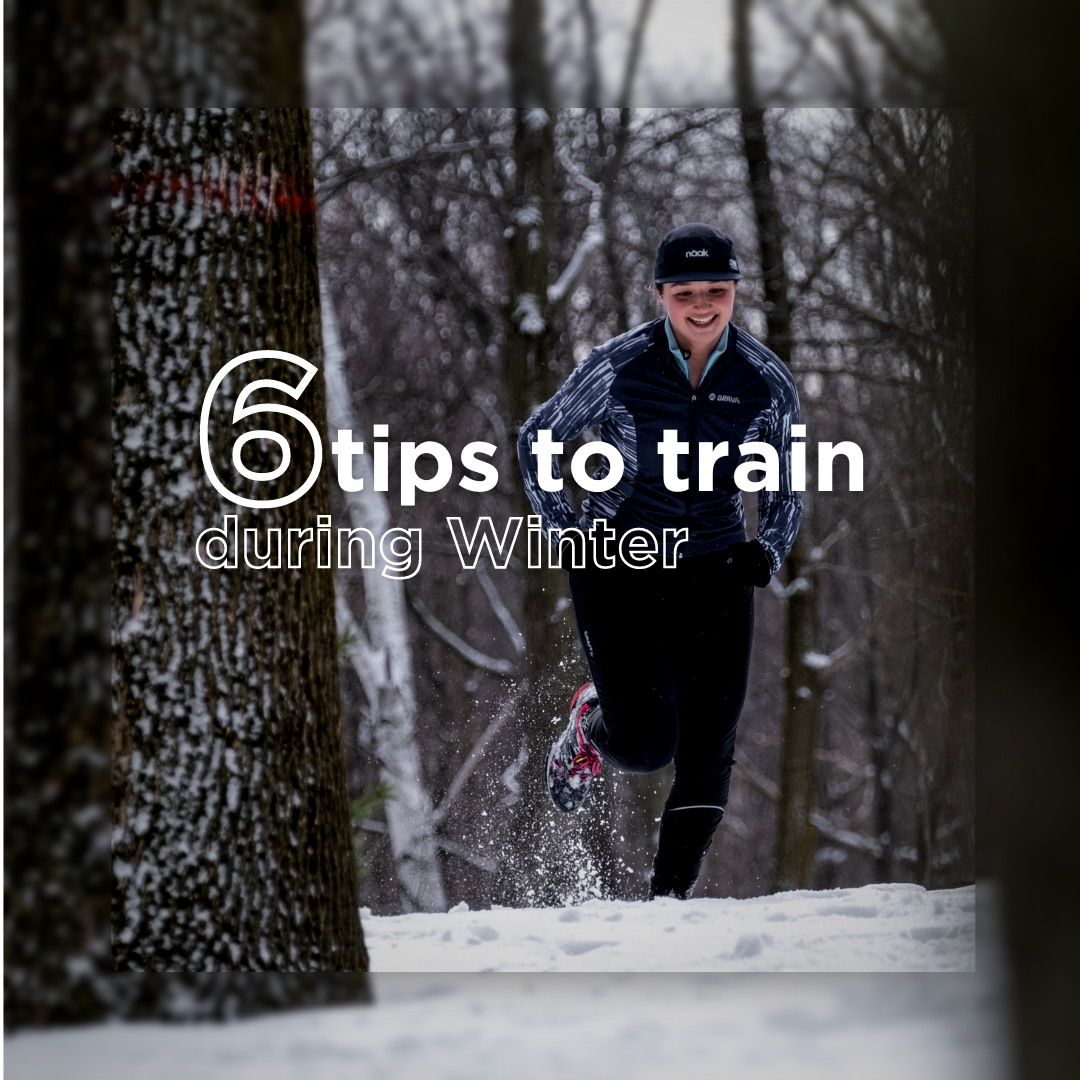
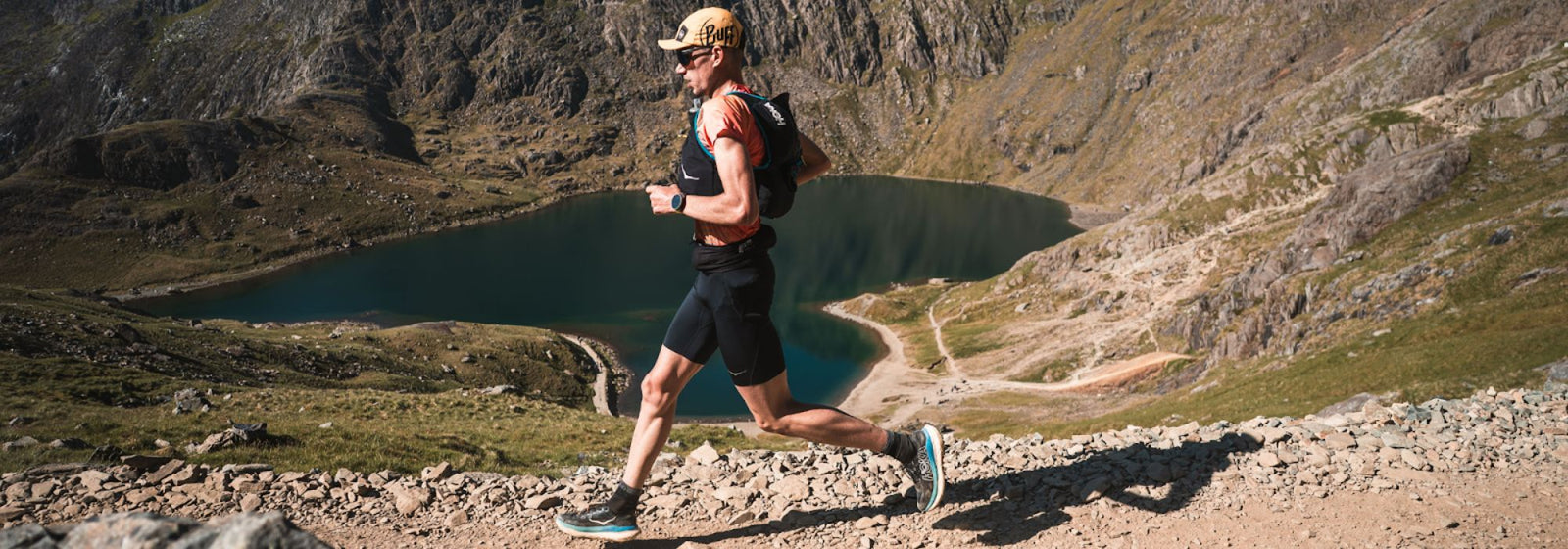



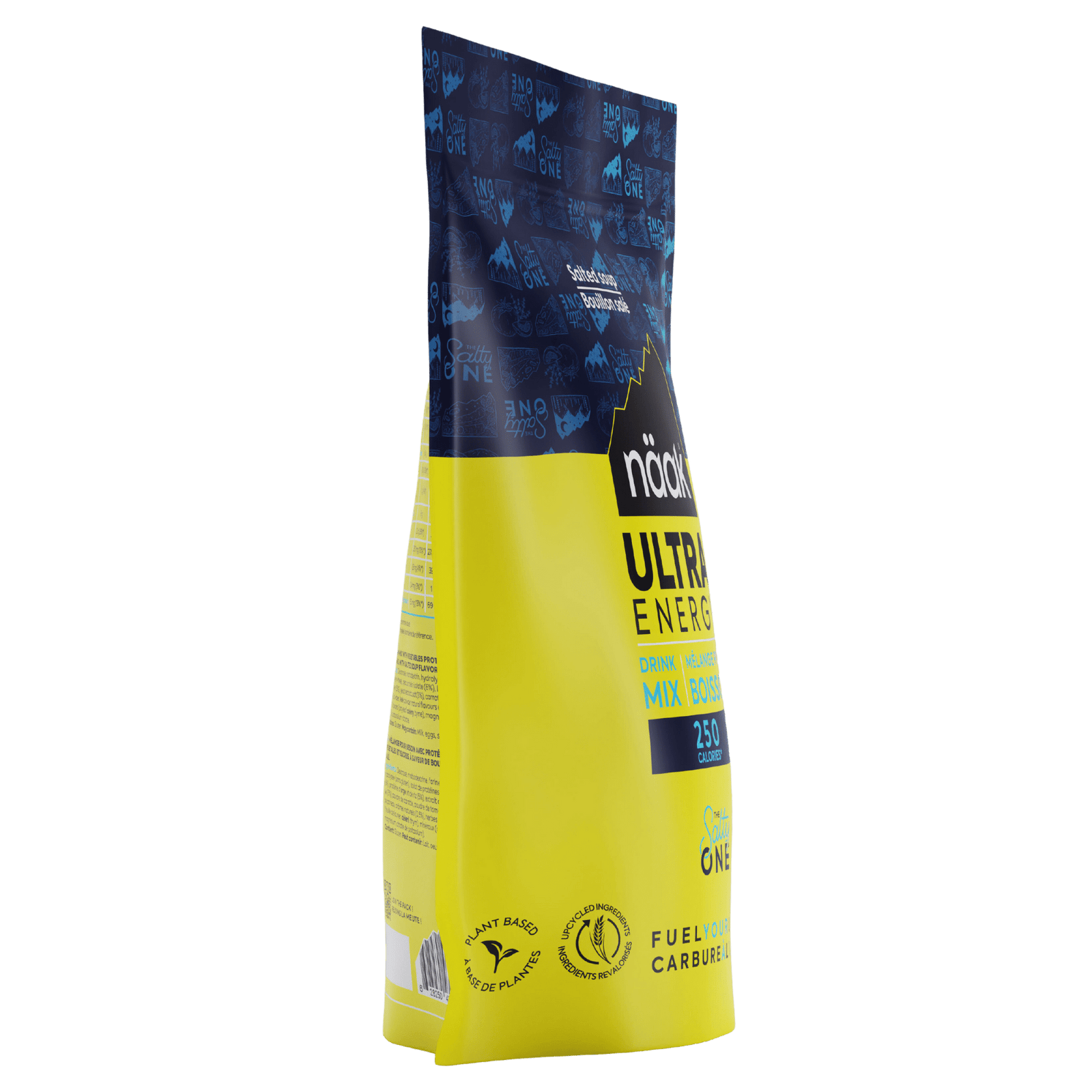
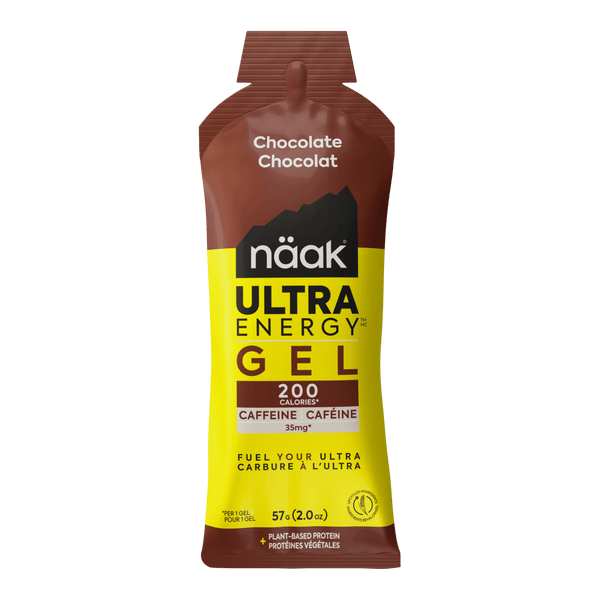
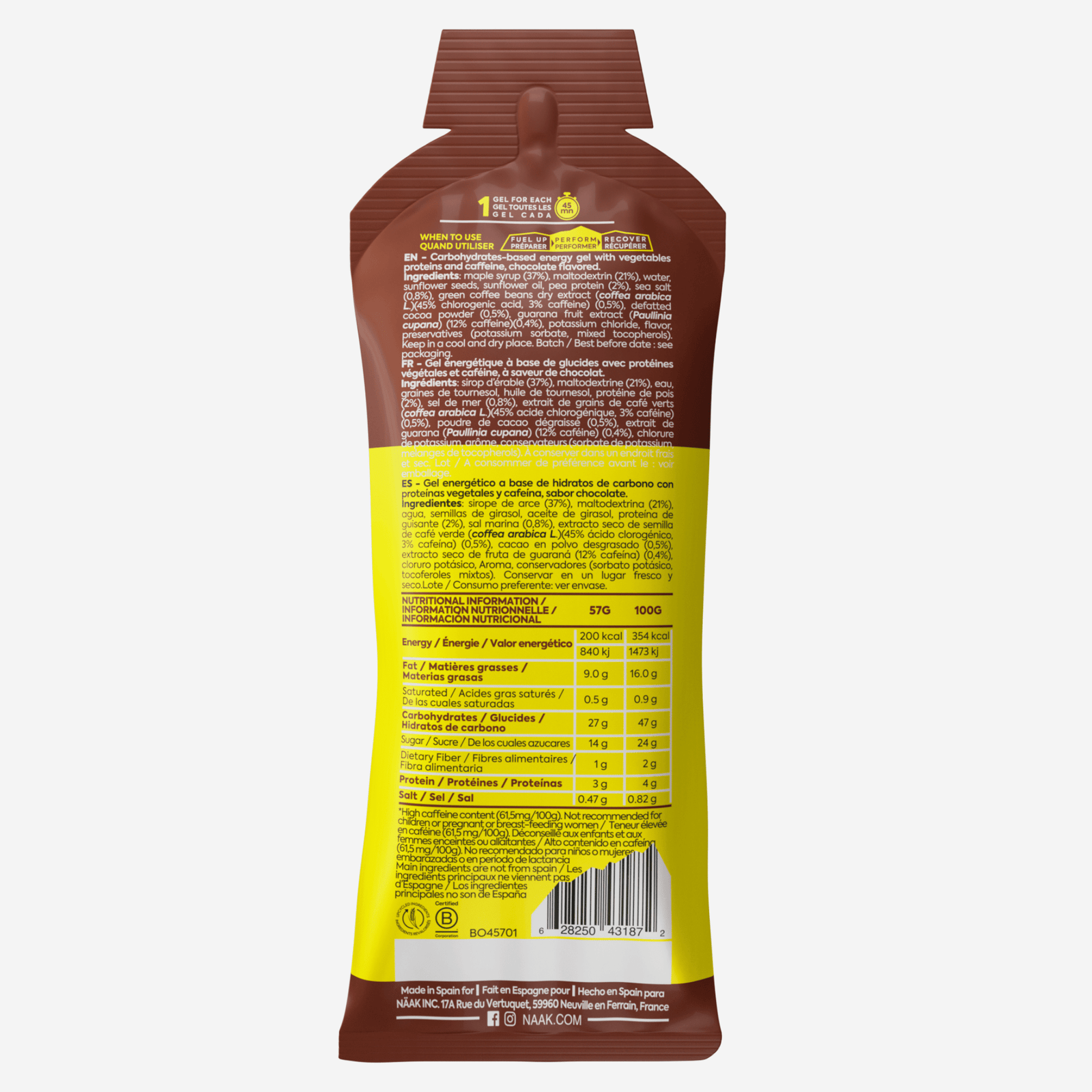

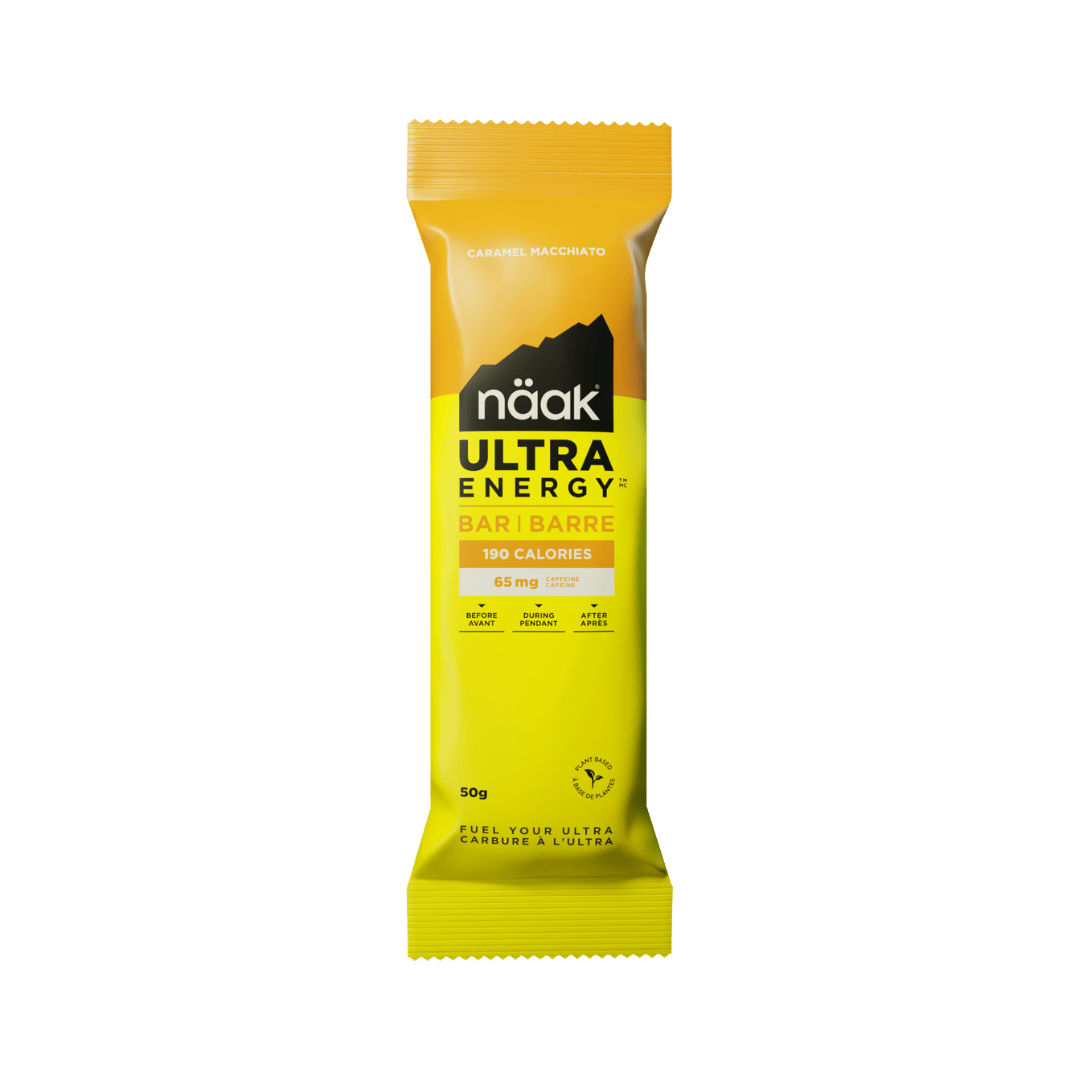
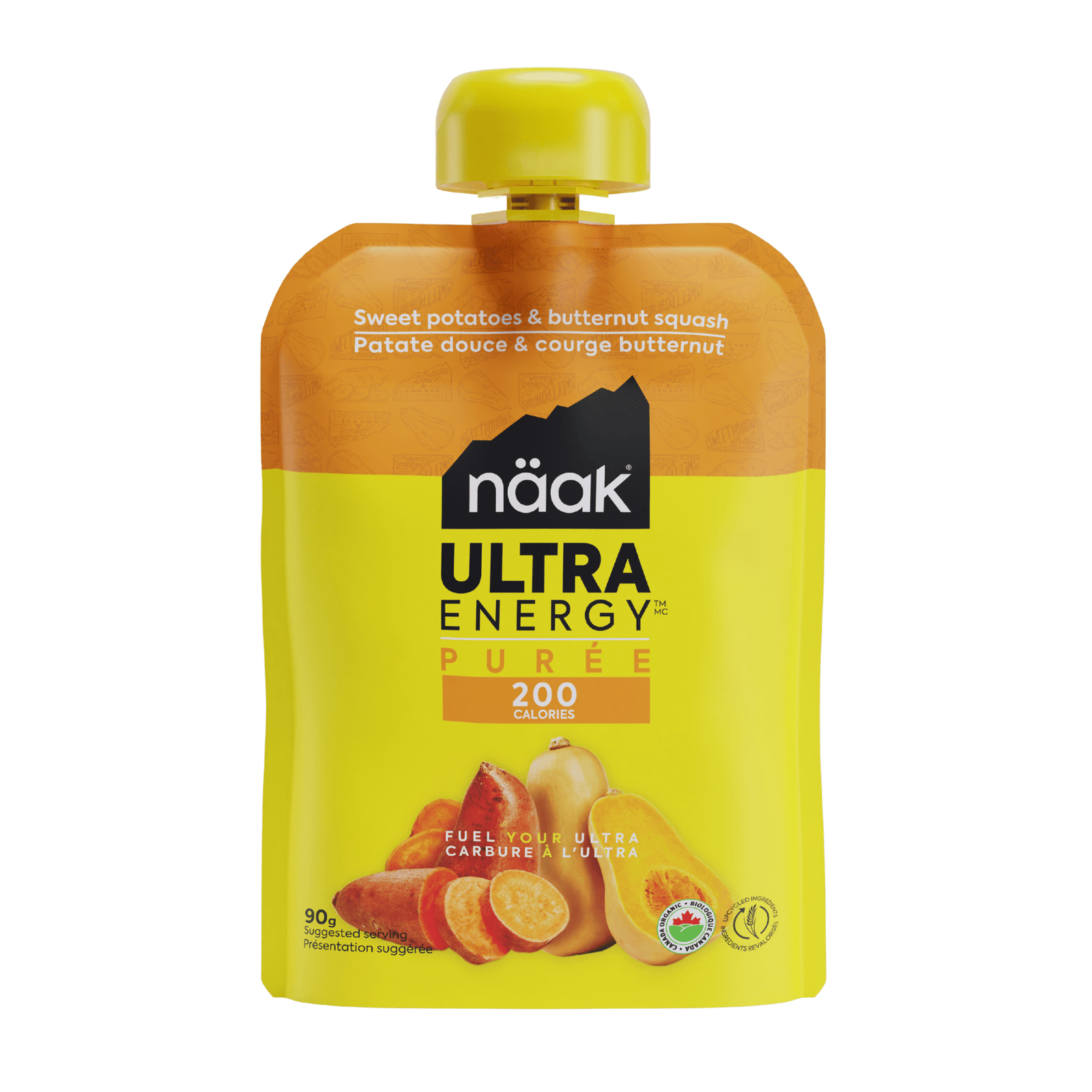
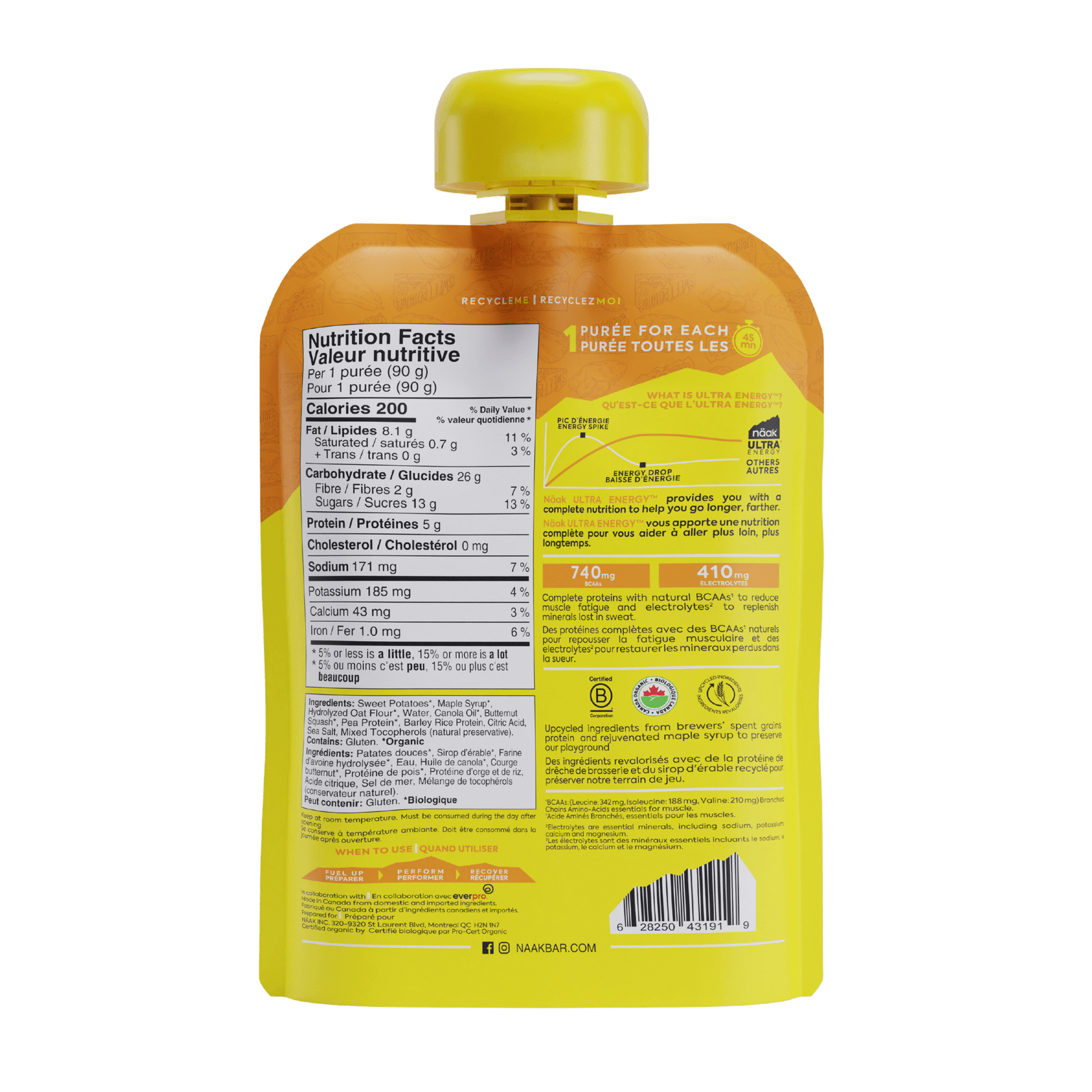
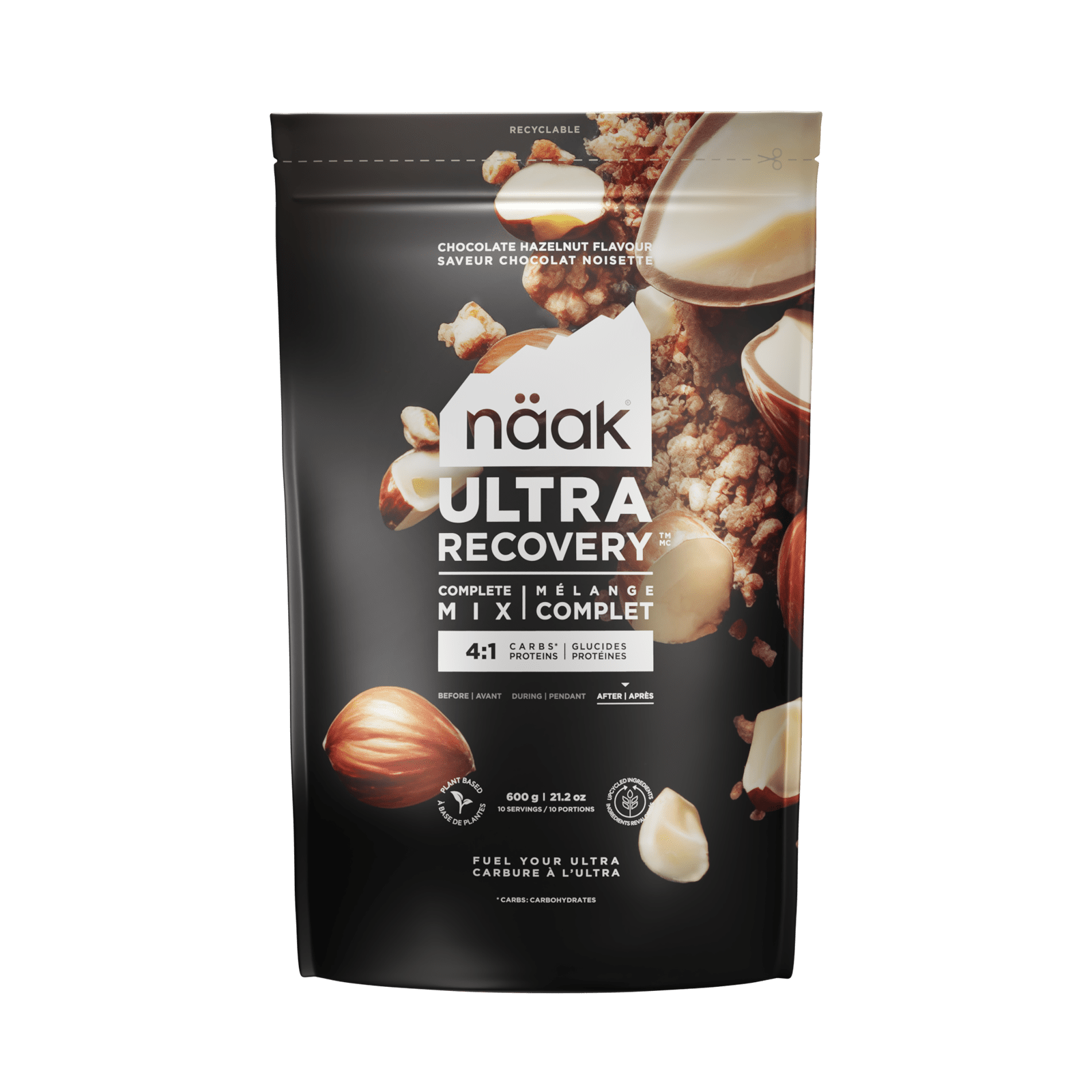

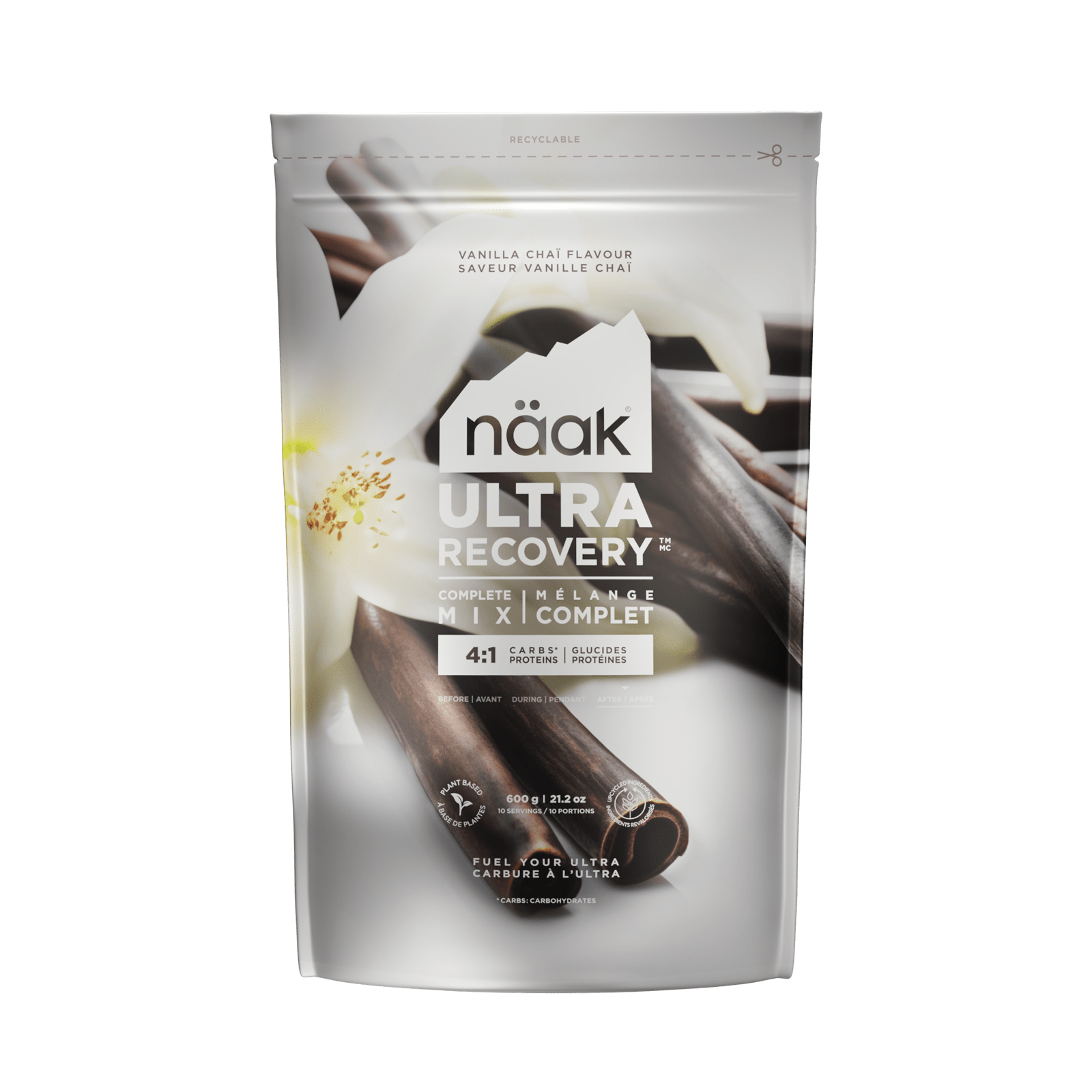
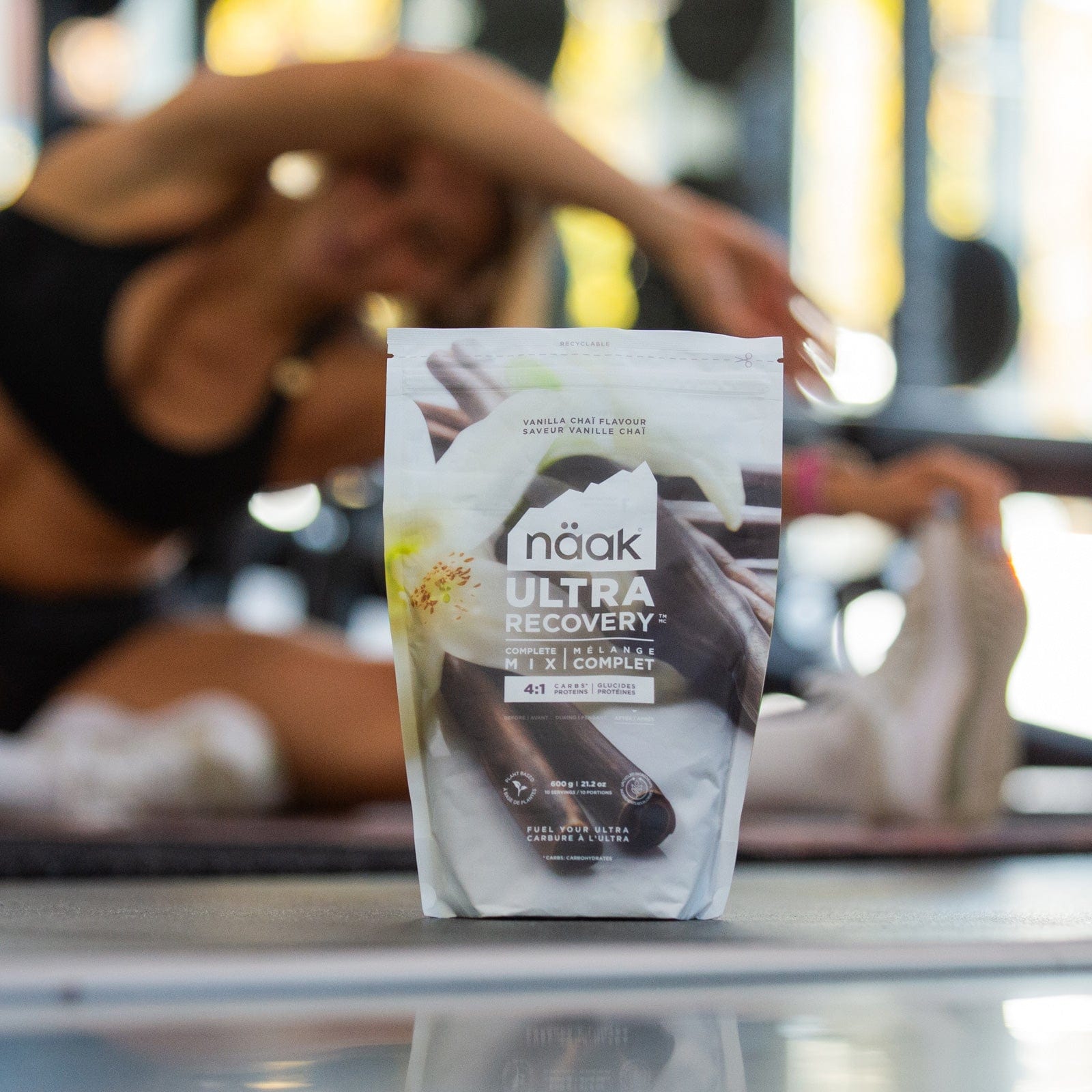
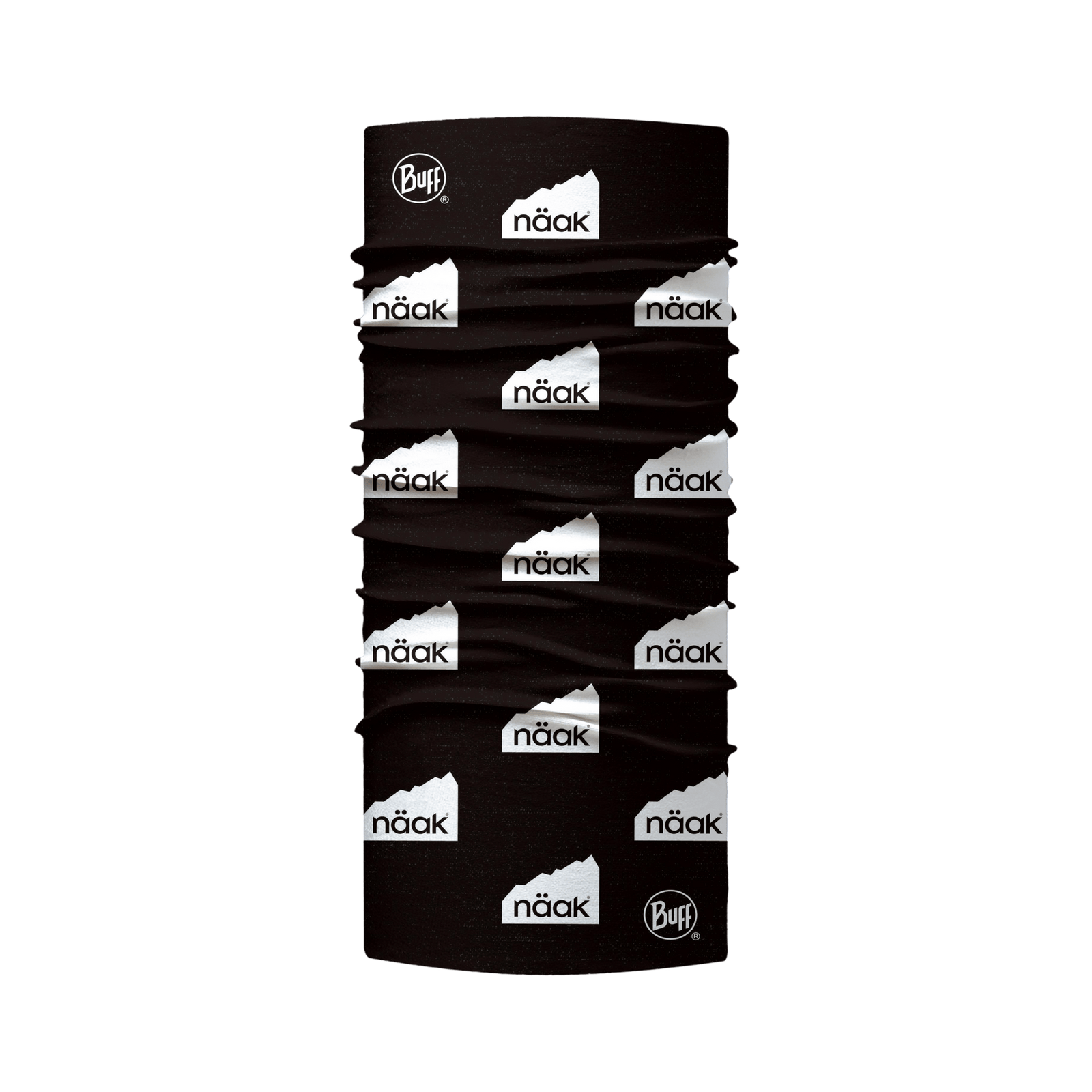
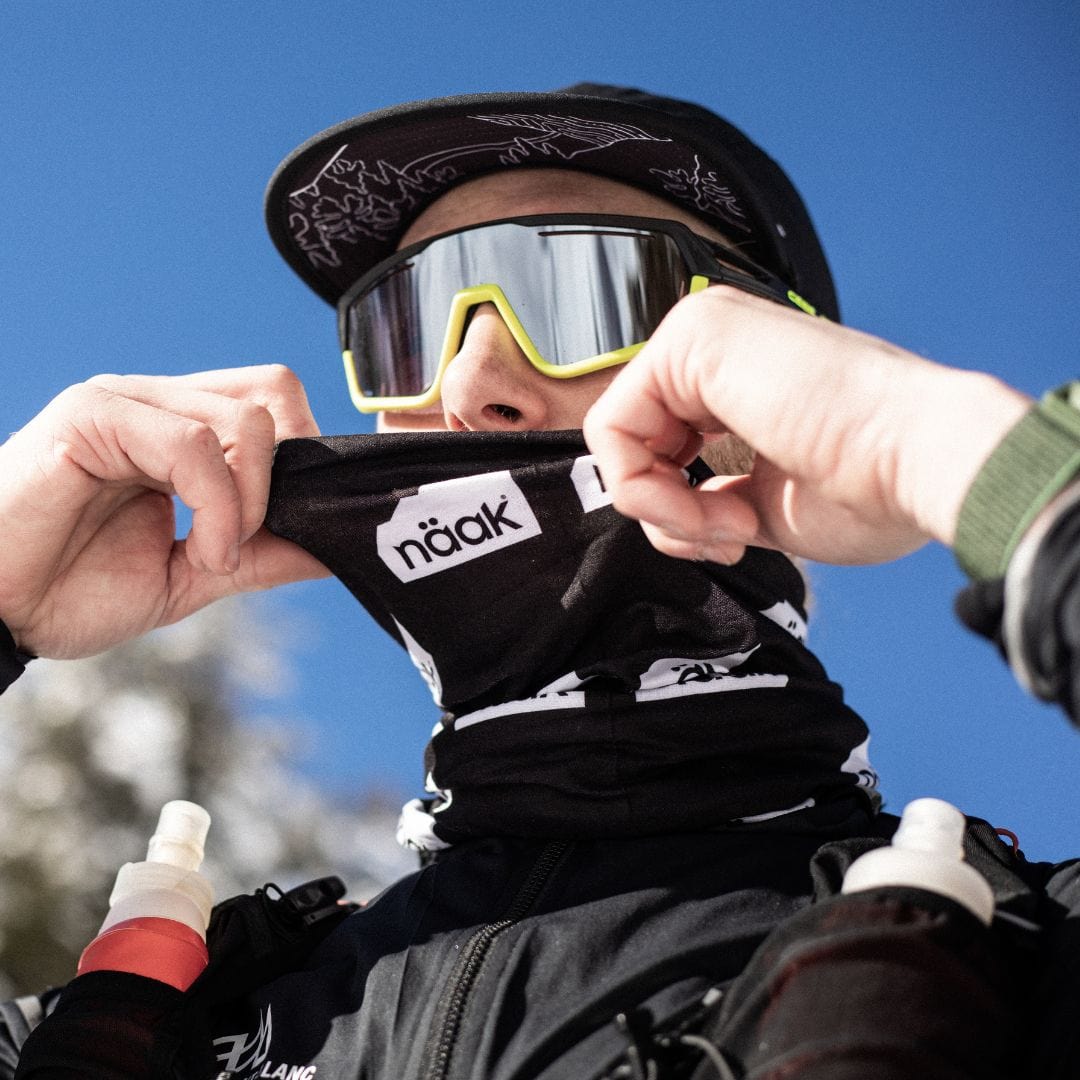
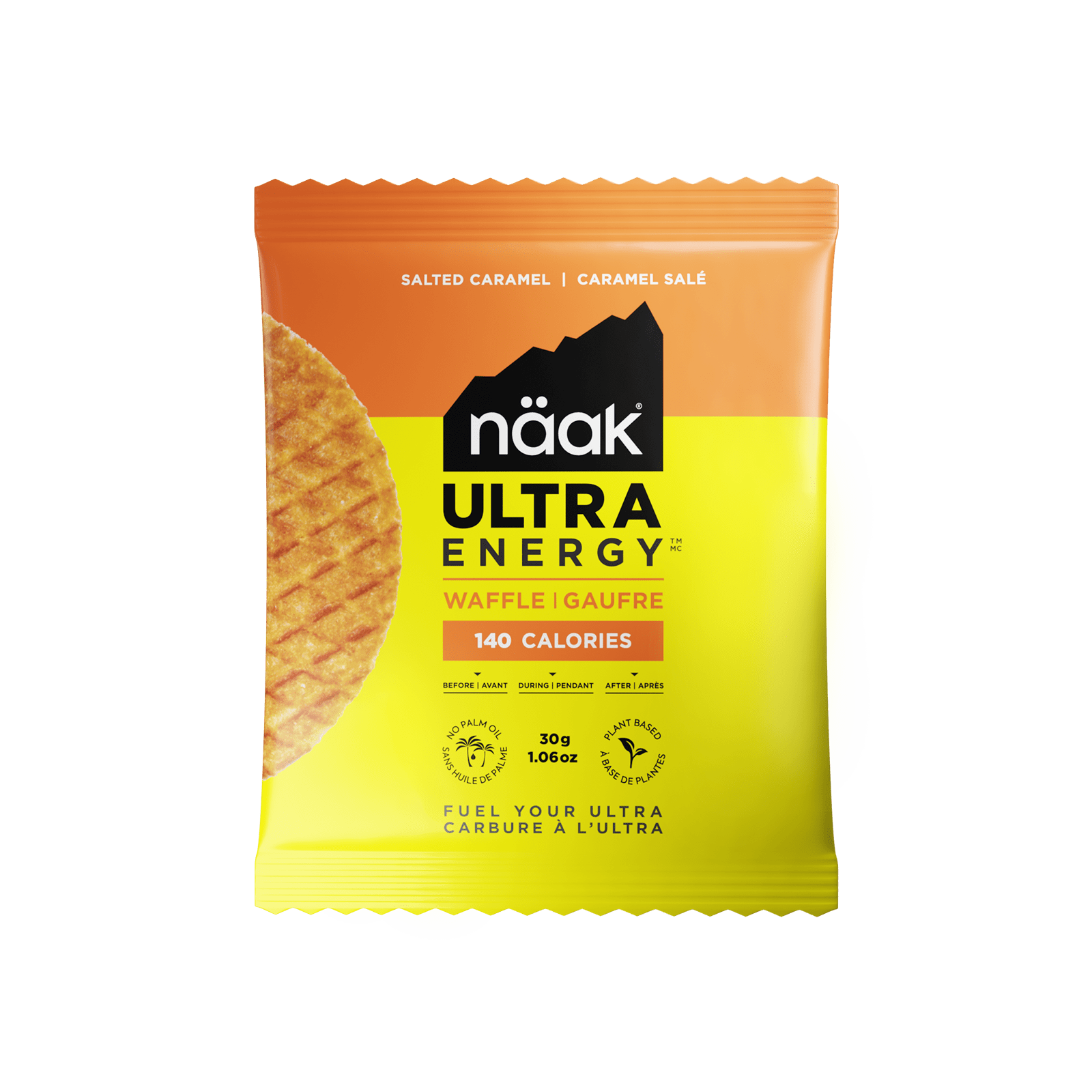
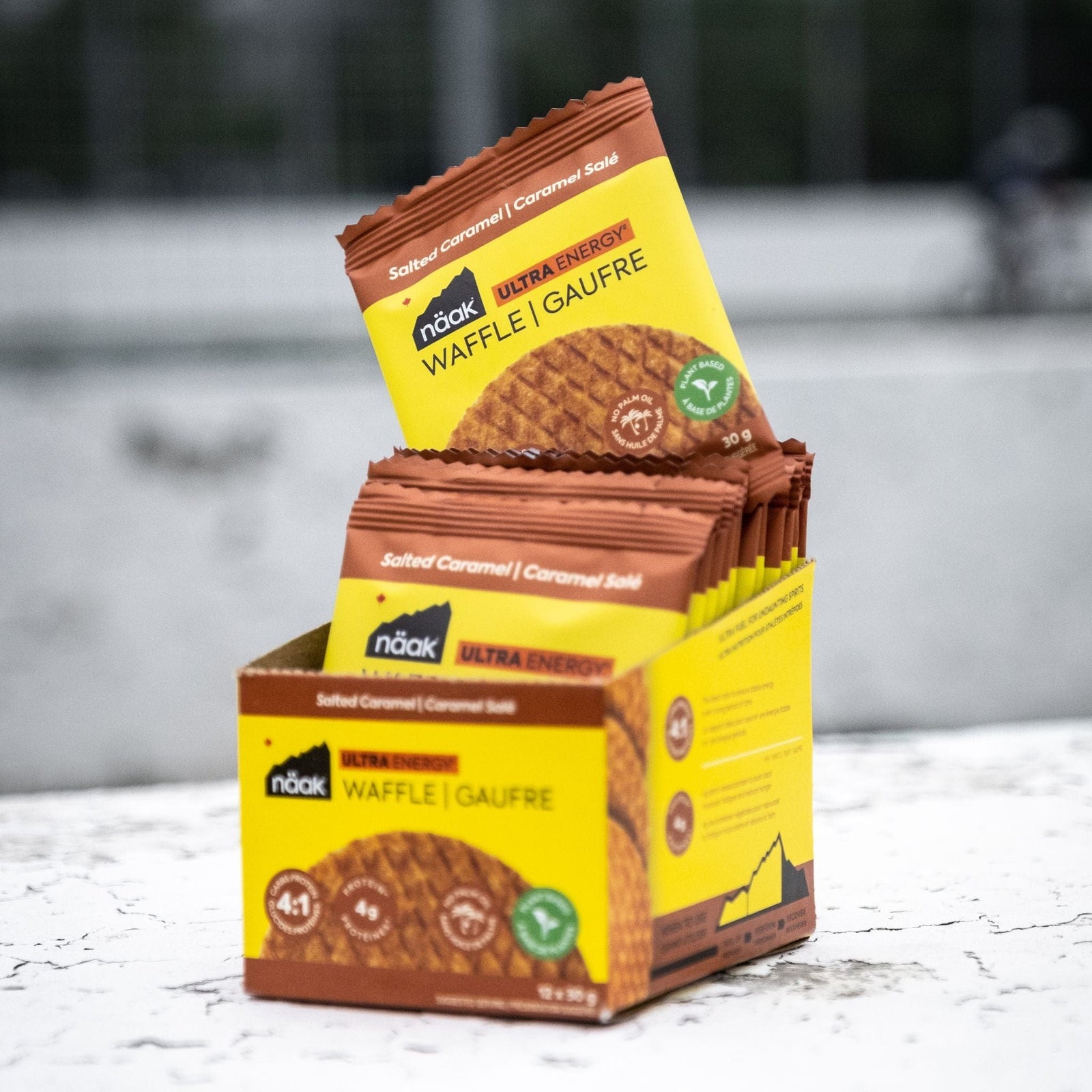


Laisser un commentaire